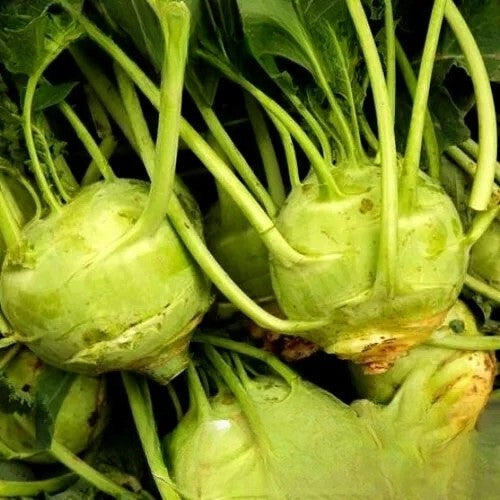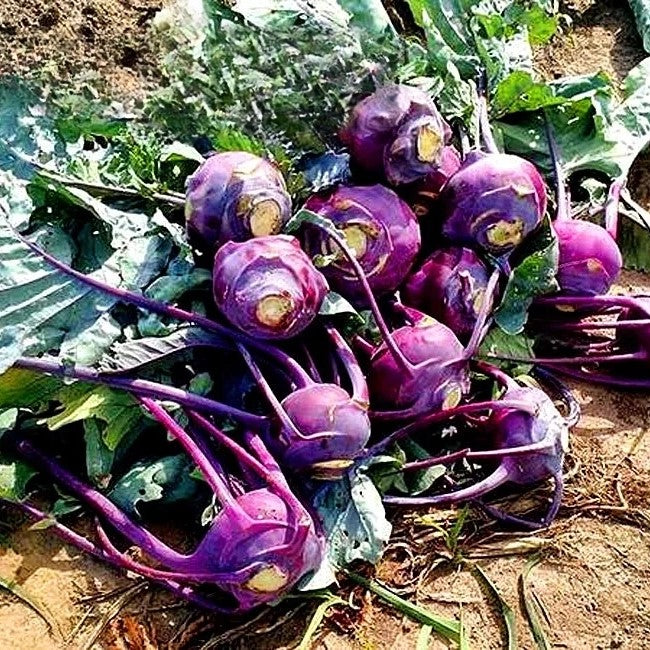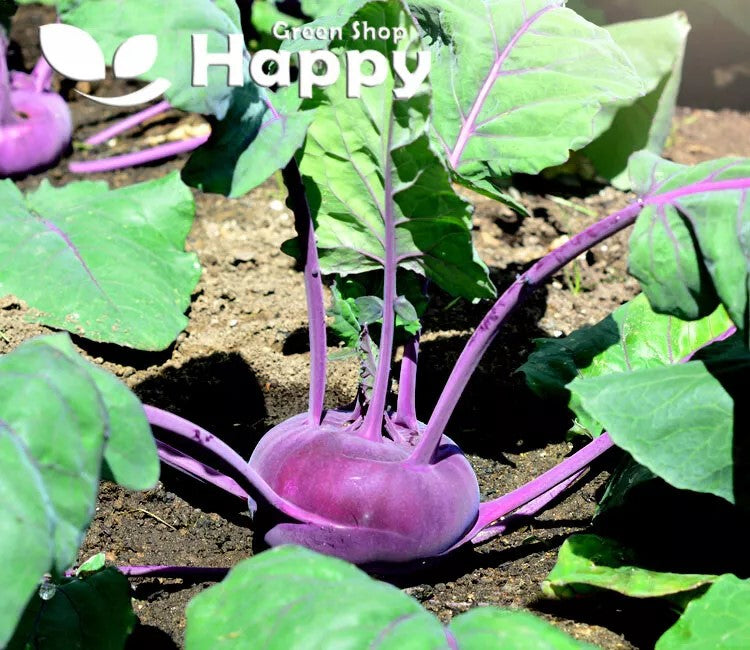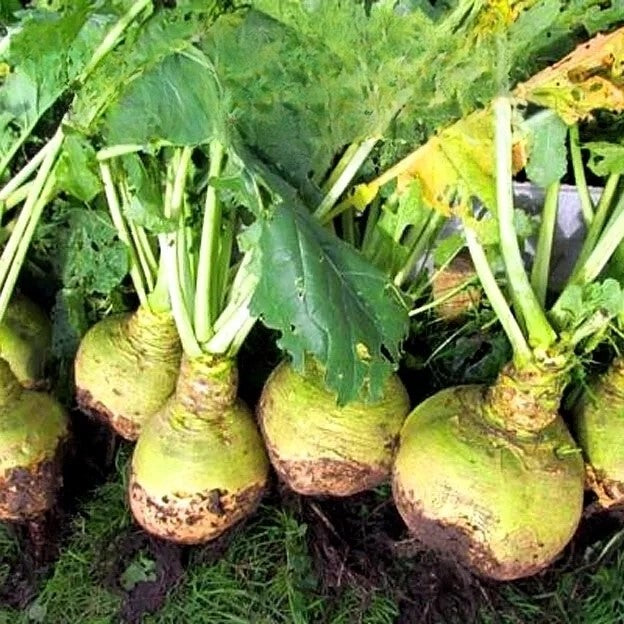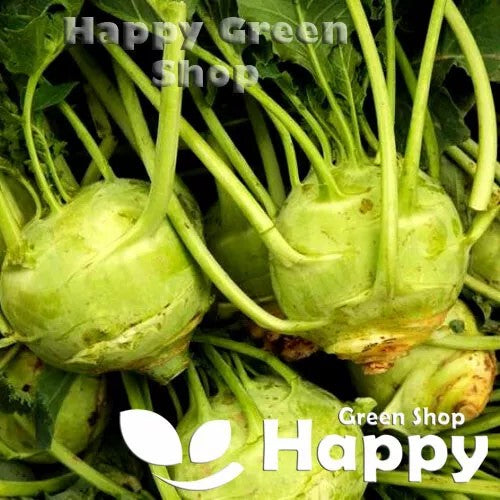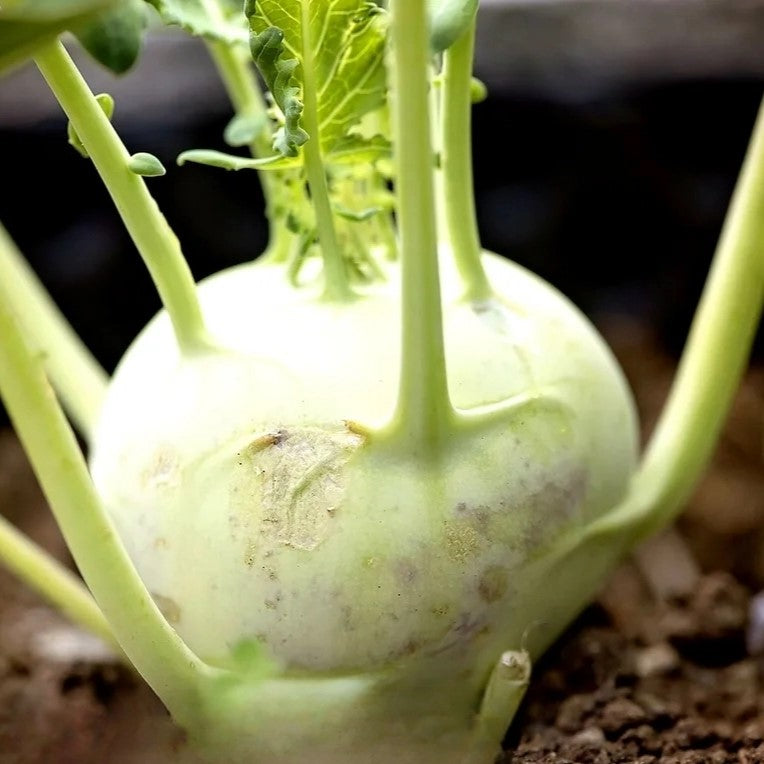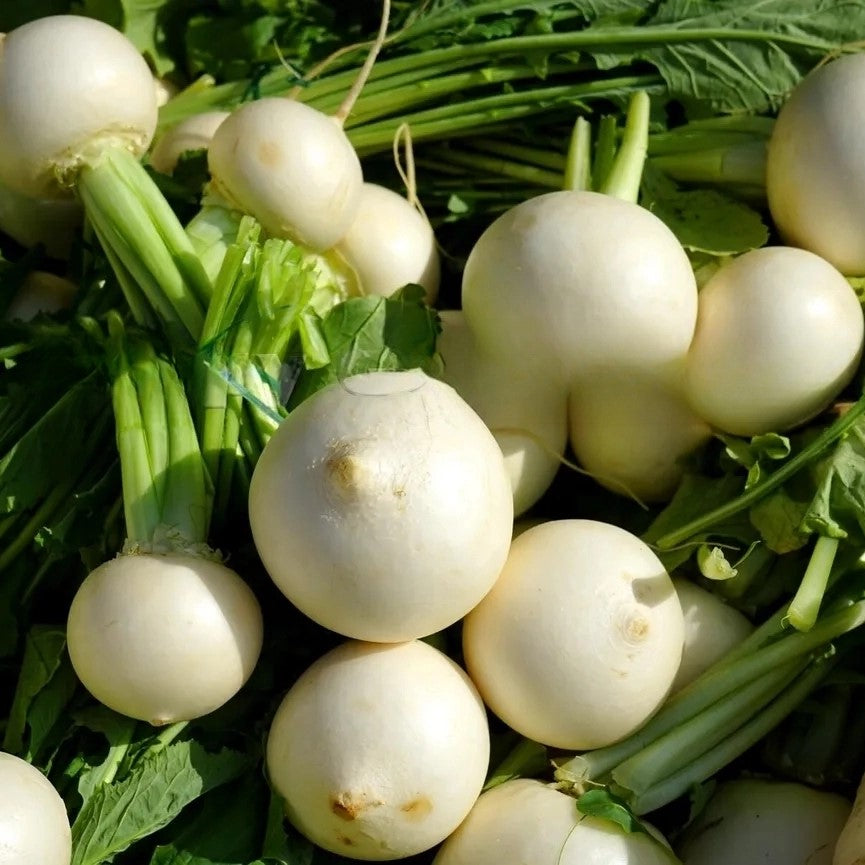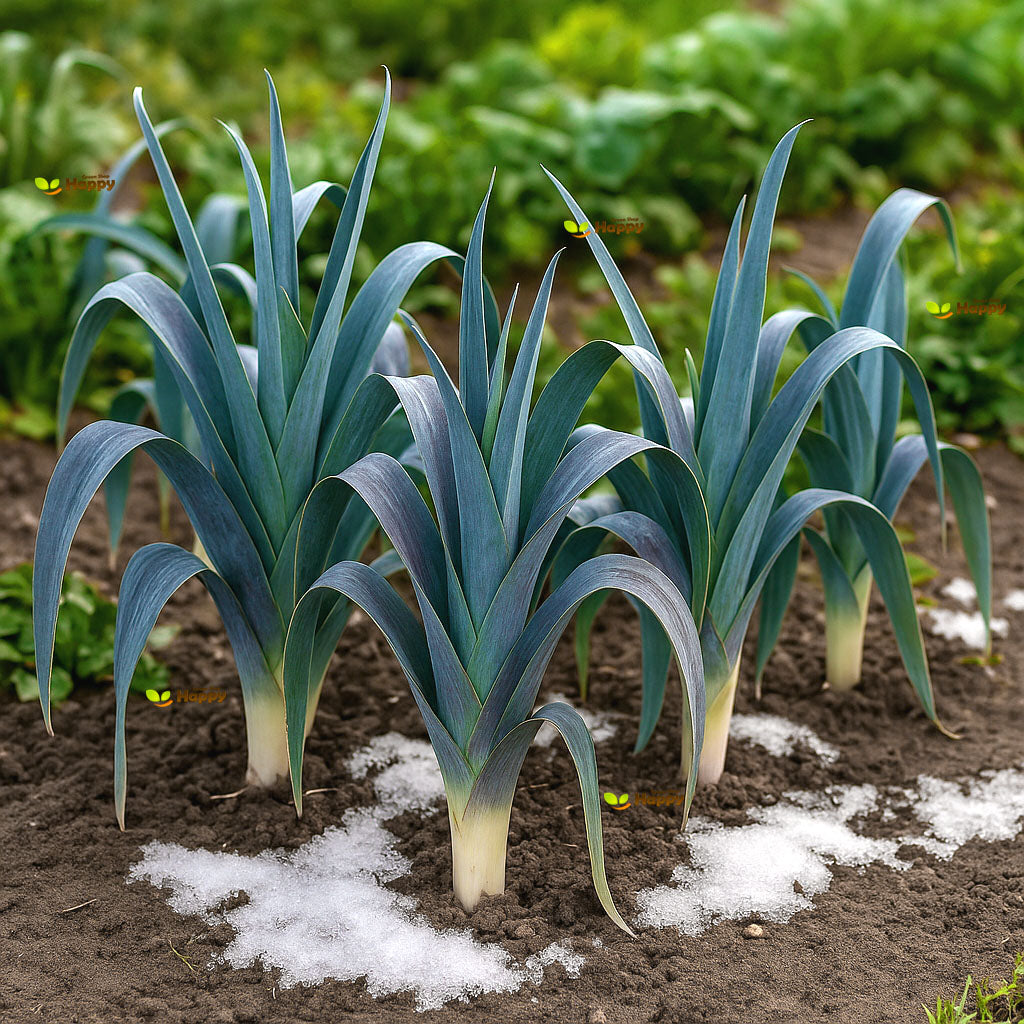Sort by:
5 products
5 products
Kohlrabi 'Luna' – Seeds (Brassica oleracea var.)
Kohlrabi 'Luna' is a high-quality, light green variety known for its tender, juicy, and mild-flavored bulbs. Its smooth skin and crisp white flesh make it perfect for eating raw in salads, grating into slaws, or cooking in soups, stir-fries, and roasts.
This early-maturing, uniform variety is resistant to cracking and lignification, making it an excellent and reliable choice for home gardeners and allotments. Compact plants are well-suited to smaller spaces and can be grown in open ground or large containers.
How to Grow
-
Sow indoors/outdoors: March – July
-
Depth: 1 cm
-
Spacing: 20–25 cm between plants, 30 cm between rows
-
Position: Full sun or partial shade
-
Soil: Fertile, moist, well-drained soil
-
Watering: Keep soil evenly moist for best flavor and texture
Key Features
-
Smooth, light green bulbs with crisp, mild white flesh
-
Early-maturing, uniform, and resistant to cracking
-
Excellent raw or cooked – versatile in the kitchen
-
Suitable for gardens, raised beds, or large containers
-
Reliable harvest with tender bulbs full of flavor
Harvest
-
Harvesting period: May – October
-
Pick when bulbs reach 6–10 cm in diameter for best taste and tenderness.
Short Tip
For a continuous supply, sow little and often every 2–3 weeks during the growing season.
Kohlrabi 'Violeta' – Seeds (Brassica oleracea)
Kohlrabi 'Violeta' is a striking purple-skinned variety with crisp, white flesh and a sweet, nutty taste. Its unique color and mild flavor make it an excellent addition to both the garden and the kitchen. Perfect eaten raw in salads, grated into slaws, or lightly cooked in stir-fries, soups, and roasts.
This fast-growing crop is hardy, reliable, and suitable for multiple sowings throughout the season. Compact plants make it an ideal choice for small gardens, raised beds, or containers.
How to Grow
-
Sow indoors/outdoors: March – July
-
Depth: 1 cm
-
Spacing: 20–25 cm between plants, 30 cm between rows
-
Position: Full sun or partial shade
-
Soil: Moist, fertile, well-drained soil
-
Watering: Keep soil evenly moist to prevent woodiness and splitting
Key Features
-
Vibrant purple variety with sweet, crisp white flesh
-
Delicious raw or cooked – versatile in salads, stir-fries, and roasts
-
Fast-growing and suitable for repeat sowings
-
Compact plants – ideal for small gardens and containers
-
Attractive crop with ornamental value in the vegetable patch
Harvest
-
Harvesting period: May – October
-
Pick when bulbs reach 5–8 cm in diameter for the best flavor and texture.
Short Tip
For tender bulbs, avoid letting plants become oversized – harvest regularly.
Swede – Seeds (Brassica napus)
Swede (also known as rutabaga or Swedish turnip) is a hardy root vegetable that produces large, round roots with golden-yellow flesh and a sweet, earthy flavor. It is an excellent choice for winter storage and a versatile kitchen staple, ideal for roasting, mashing, stews, and soups.
This traditional cool-season crop is easy to grow, highly nutritious, and a reliable addition to any vegetable garden or allotment.
How to Grow
-
Sow outdoors: May – July
-
Depth: 1–2 cm
-
Spacing: 20 cm apart in rows 40 cm apart
-
Position: Full sun
-
Soil: Fertile, firm, well-drained soil enriched with compost
-
Watering: Keep soil moist during dry spells to avoid woody roots
Key Features
-
Traditional root crop with sweet, golden-yellow flesh
-
Excellent for roasting, mashing, soups, and stews
-
Stores well for use throughout winter
-
Hardy and reliable in cooler climates
-
Easy to grow with minimal care
Harvest
-
Harvesting period: October – February
-
Lift roots as needed for fresh use or store for winter months.
Short Tip
Thin seedlings early to give roots space to develop fully.
Kohl rabi 'Giant' – Seeds (Brassica oleracea)
The Kohl rabi 'Giant' is a vigorous, late-maturing variety producing extra-large, tender bulbs that can reach impressive sizes without becoming woody. Its crisp, white flesh has a mild, sweet flavor, perfect for salads, steaming, stir-fries, or roasting.
This variety is highly productive and stores well, making it a reliable choice for home growers who want both quality and yield.
How to Grow
-
Sow outdoors: April – July, thinly in rows 1 cm deep
-
Thin seedlings: 20–25 cm apart when large enough
-
Soil: Fertile, well-drained, moisture-retentive
-
Care: Keep well-watered to avoid woody texture
-
Position: Full sun
Key Features
-
Extra-large, tender bulbs
-
Mild, sweet taste
-
Stores well after harvest
-
Easy to grow and high-yielding
-
Great for salads, soups, and cooking
Sowing & Harvest
-
Sow: April – July
-
Harvest: July – November
Turnip 'Snowball' – Seeds (Brassica rapa)
Grow crisp, tender, and sweet Turnip 'Snowball', a classic variety known for its round, white roots and mild flavor. Ideal for roasting, steaming, or fresh in salads, this easy-to-grow turnip is perfect for home gardens, allotments, and container planting. Quick to mature, it provides a reliable harvest of uniform, flavorful roots throughout the season.
How to Grow
. Sow outdoors: March – July, 1–2 cm deep in rows 30 cm apart
. Thin seedlings to 8–10 cm apart for proper root development
. Prefers fertile, well-drained soil in full sun or partial shade
. Keep soil consistently moist for tender, sweet roots
. Harvest: 50–60 days after sowing, when roots are 5–8 cm in diameter
Key Features
. Classic white round turnip with mild, sweet flavor
. Quick-maturing and easy-to-grow
. Ideal for roasting, steaming, or fresh salads
. Produces uniform, tender roots
. Suitable for home gardens, allotments, and containers
Ideal For
. Fresh eating, roasting, and steaming
. Gardeners seeking reliable, fast-growing root vegetables
. Succession sowing for continuous harvest
. Companion planting with peas, onions, or cabbage
Sowing & Harvest
. Sow: March – July
. Harvest: May – September
Quick Tip
For tender, flavorful roots, harvest turnips promptly when they reach 5–8 cm; leaving them too long can result in woody texture.


